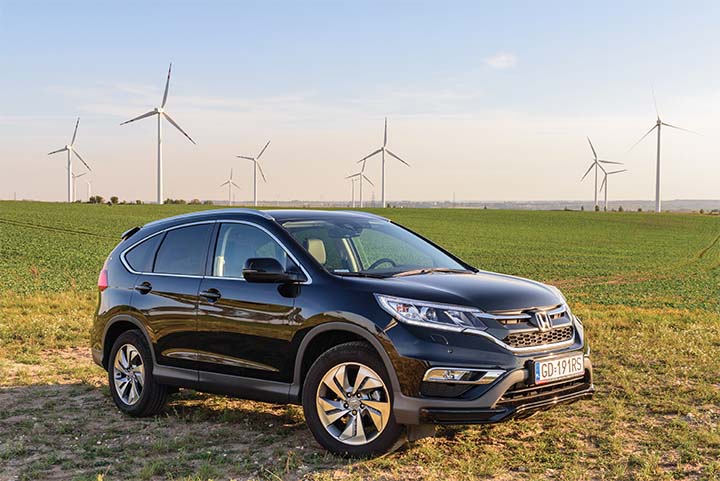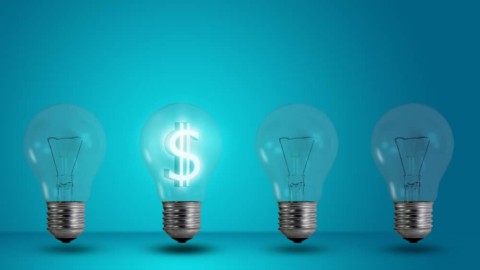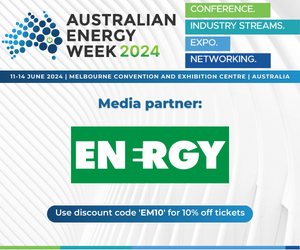by Dr Larry Marshall, Chief Executive, CSIRO
For years now, the industry has been puzzling over the path towards zero emissions. Here, CSIRO Chief Executive Larry Marshall weighs in, outlining the research his organisation has conducted into how the industry needs to transform.
My son recently completed a school project on solar energy. I was astounded at his literature review. At the one end were articles claiming coal would always be cheaper than renewables and renewables would never deliver stable, reliable energy.
At the other were articles claiming renewables have been the cheapest source of energy for a decade and are stable because the wind blows when the sun doesn’t shine.
Unfortunately, neither are entirely true. You’d be forgiven for not knowing who or what to believe. CSIRO recently released our GenCost report for 2020-21, which we produce each year with the Australian Energy Market Operator to assess electricity generation and storage costs.
We work with a range of real-world industry players to provide a data driven, scientifically researched model that projects the cost to generate electricity for new power plants in Australia, including coal, gas, wind and solar. We also project future changes in costs based on our CSIRO technology roadmaps, and the progression and impact of technology advancement in areas like storage.
I want to share some of our findings here to help separate myth from fact. But first, some context. CSIRO has analysed and projected energy futures for more than two decades, and we are working with the Australian Government and industry to catalyse the transformation of our energy sector.
It’s one of the biggest industry shifts we’re likely to see in our lifetimes, and we want to get it right. Over those two decades, we have forecast and tracked the reduction in cost of key types of utility-scale power generation, including renewables, and more recently the development of battery storage options (including our own UltraBattery which has been helping stabilise the United States power grid in Eastern Pennsylvania).
For much of this time, a system called LCOE (Levelised Cost of Electricity) has been the methodology for a consistent comparison between technologies and costs. While a useful starting point, due to its relative simplicity, it fails to account for the associated ‘system’ costs of different technologies, and in particular, non-dispatchable renewables such as wind and solar.
This is a critical factor to be addressed as our grid transforms itself. Many studies have claimed cost parity for renewables with coal and gas over the last decade, but have typically excluded the costs associated with grid stability and security – a big issue in Australia where we have vast distances and sparse populations. With the stage now set, let’s talk about our GenCost report, which is in its third year of publication.
Large-scale solar and wind becoming cost competitive with gas
This year we focused on improved representation of system integration costs – moving beyond LCOE to consider how the mix of energy technologies integrate, plus the need for (and cost of) balancing technologies like storage. While we have tried to incorporate system costs in a very simple form in the past, this time we explored more effective ways to estimate and account for system impacts.
For the first time, we started to see large-scale solar PV and wind becoming cost competitive with gas on a ‘system’ basis. Our previous GenCost report found that renewables were and continue to be the lowest cost new-build technology, but when we added the cost of storage, some gas generation was available at comparable cost.
But in this report, we clearly see that by 2030, if large-scale solar and wind are deployed at up to 60 per cent share – even with storage and grid integration costs – they will be significantly more competitive than gas across all plausible future gas prices. While this is excellent news, this does not mean we should abandon gas – quite the contrary.

PUCK, POLAND – September 18, 2018: Honda CR-V car parked in a field on a country road next to a wind farm
Keeping gas in the mix will allow for a faster transition
Existing gas plants are cheaper than new builds and are well placed to provide the flexibility and dispatchability we need as we add more variable renewables to the grid. CSIRO’s Australian National Outlook, which projected what Australia could look like out to 2060, mapped scenarios to limit global warming to 1.5 degrees Celsius.
Generally, that goal requires a zero-emissions electricity sector by 2035, because other sectors are harder to reduce. To reach that, we will need around 75GW of variable renewables in the energy system, which is about 5GW of new variable renewables generation capacity installed each year.
Australia has already demonstrated it can deploy 5GW of variable renewables per year, and almost every state has tens of gigawatts of projects in the planning phase. That puts Australia in a great position to reach our goal and contribute to global emissions reduction.
Keeping gas in the mix will allow for a faster transition, because it is around 30-50 per cent lower in greenhouse gas emissions than coal, and offers a pathway to gradually introduce hydrogen to further reduce emissions.
Coal still the cheapest existing electricity source for the time being
Looking across the spectrum at some of the other findings from GenCost, today existing brown coal is still the cheapest electricity source, followed by existing black coal and existing gas.
While this is broadly true, there are different markets at play here. Gas rules the evening peak period, and solar is substantially impacting the market share of coal in the daytime. But we will soon see this start to shift as around 80 per cent of gas and coal assets reach their end of life and are retired over the next 20 years.
This will happen quite naturally, driven by market forces, and does not require government intervention. Over the same period, the cost of storage will continue to come down, and it will become more attractive to build variable renewables either integrated with their own storage or installed elsewhere in the grid.
And they won’t need some form of carbon pricing to help them. GenCost shows that renewables plus integration costs are already lower than all other options for new generation, with or without a carbon price. But to be realistic, it will take at least a decade, if not more, for wind and solar generation capacity to grow to reliably produce enough power to reach what coal does today.
In the meantime, we will need gas to cover the gap, and buy us time to build the renewable generation capacity and storage we need.
We can’t go renewable without storage
By 2030 we expect Australia will be at around 50 per cent renewables, with some states such as South Australia exceeding that by a significant margin. This means energy storage will be critical, because we can’t go 100 per cent renewables without storage. We’ll need different solutions depending on the situation and geography.
In general, batteries work well for short durations (hours not days) and lower loads, while pumped hydro is designed for much longer periods. Snowy 2.0, for example, has the capacity to provide 175 hours or more than seven days of stored power – a true workhorse.
Each has their pros and cons, but we’ll need both to power Australia’s transition to renewables. Fortunately, we’ll have time to build them. By 2030 we expect grid integration costs to be low enough that renewables will be clearly the lowest cost option, and we will power on to 100 per cent renewables over the next two decades.
Hydrogen is another storage option we are developing that combines the best of batteries and pumped hydro. The beauty of this option is that it can be made and consumed here, and exported in bulk to help our neighbours.
Fuel for industry and growth
But electricity production is only one third of our energy demand – the lion’s share is used by industry. Despite our passion for solar and wind, we still need fuels for industry, for heating and transport. Australia must have low-cost energy to give our industries a globally competitive edge.
Solar and wind can simply not deliver power fast enough (literally high current over a short time) to support our industrial processes. If you’ve ever tried to boil your billy with your car battery while camping, you’ll know that it takes a good 30 minutes and flattens your battery while fuel (LPG) does it in minutes.
We need solar and wind, but we also need a low to zero emissions fuel for industry. That fuel will be gas in the short term, and hydrogen over the longer term as we transition. Australia has some unique challenges – our geography and population size means we have the world’s longest and least interconnected electricity grid.
But we also have the world’s largest penetration of residential solar, which is consumer-led and continues to grow. And we have a world-class science sector innovating in low-emissions technology. Australian science invented the low-cost solar cell design that is used around the world today.
We invented futurefeed, which almost eliminates emissions from cattle – the world’s third largest emitter if they were a country. And we invented the hydrogen cracker to enable a liquid renewable fuel for transport and industry.
We have the power to make sustainability profitable. To reduce the emissions – but not the profits – from our industries. It’s not a matter of policy or politics, it’s simply a matter of performance. Science can deliver that profitability, and industry will leap. That’s how we will change the world.



















Great post!! Easy to read and comprehend. It breathes hope and prosperity into the day and our shared sustainable future. I hope you enjoy! Now lets make it happen together 😉☀️👍